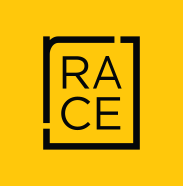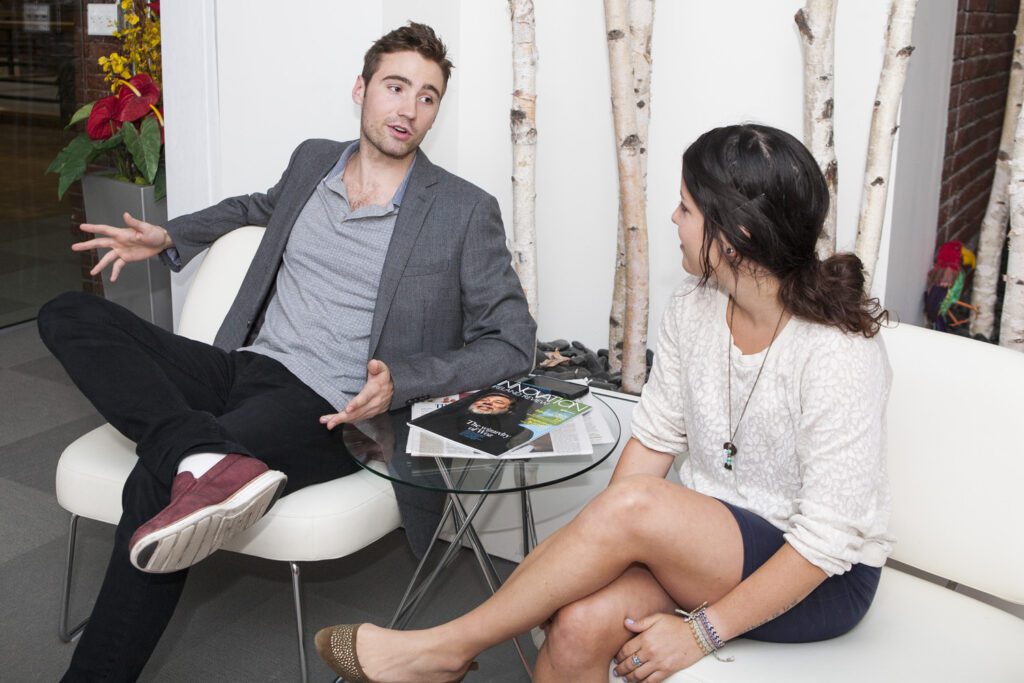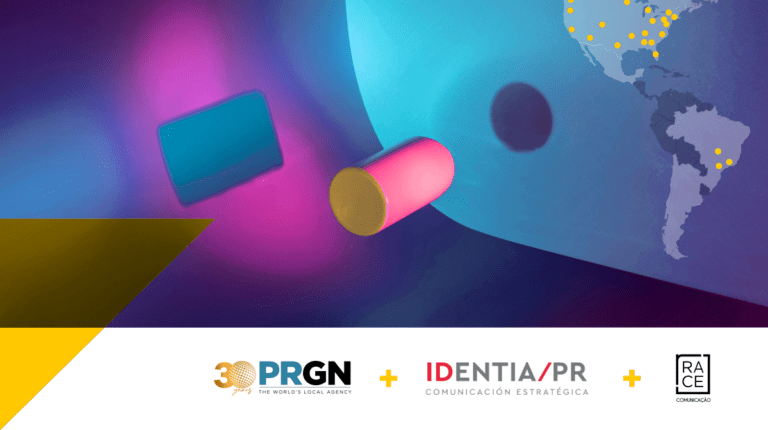By Bruno Uehara
Knowing how to act during interviews with journalists is essential knowledge for any spokesperson who represents an organization or a company. Other than speaking in a clear manner, it is also of extreme importance to be aware of your gestures which can be telltale signs of, for example, discomfort or insecurity. Apart from the oratory, the nonverbal communication is a crucial component and ought to be taken into consideration when the aim is to achieve positive results in the media.
According to the theory of the american psychologist Albert Mehrabian, from 1967, nonverbal communication represents 93% of the effectiveness of a speech (based on the principle “7-38-55” where 7% represent the spoken word, 38% the tone of voice and 55% appearance and facial expression). Despite specialists on the subject today disagreeing on the matter, the fact remains that communication is not exclusively based on the spoken word.
One of the biggest challenges for the spokesperson is to convey casualness in his or her gestures and speech, and without appearing to be using a rehearsed text with a number of key messages. During interviews done face-to-face with journalist, the body language is directly connected to the discourse and for this reason the posture and gesticulation need to be appropriate to avoid negative interpretations.
For the spokesperson to be prepared for any situation – be it interviews for magazines, newspapers, radio or TV – it is important that (s)he undergoes a media training, which simulates real situations facing a crises and being approached by journalists. This service, offered by communications agencies, points out possible situations where there’s room for improvement and provides detailed tips and guidance by specialists, such as media professionals and speech therapists.
Would you like to request for a quotation? Click here to see more information about this and other services offered by Race Communications.




